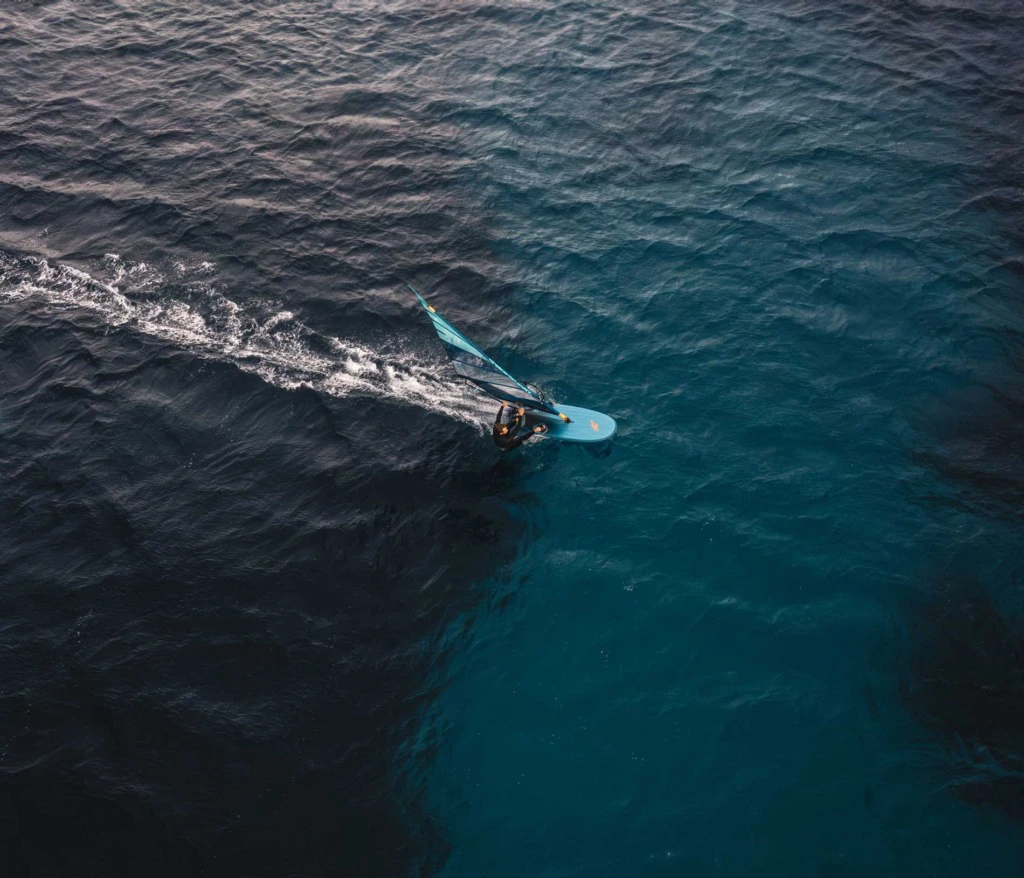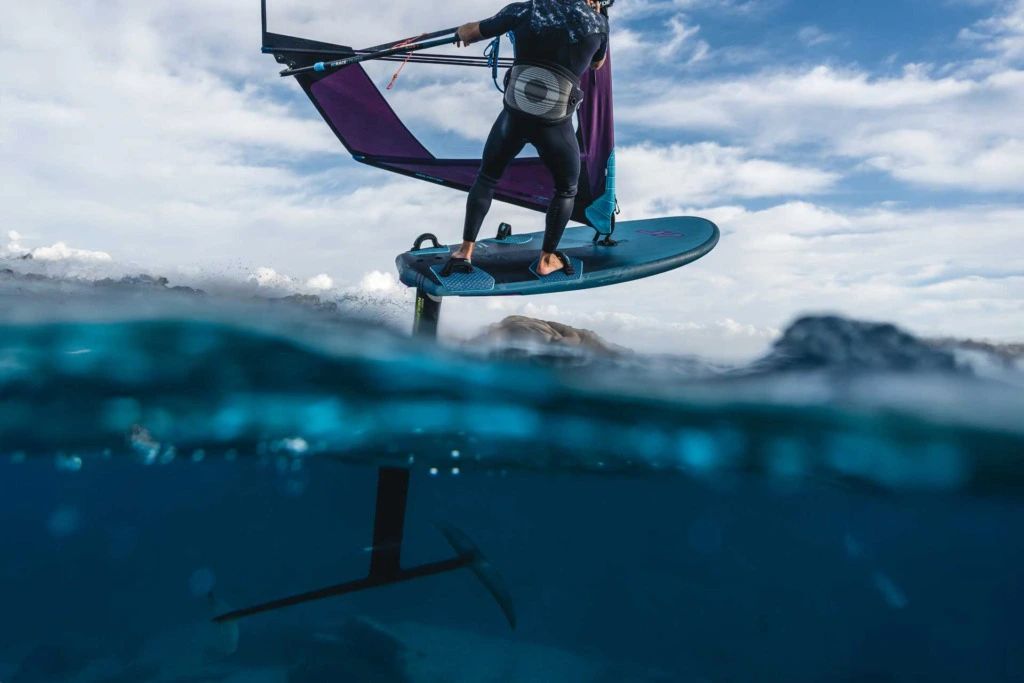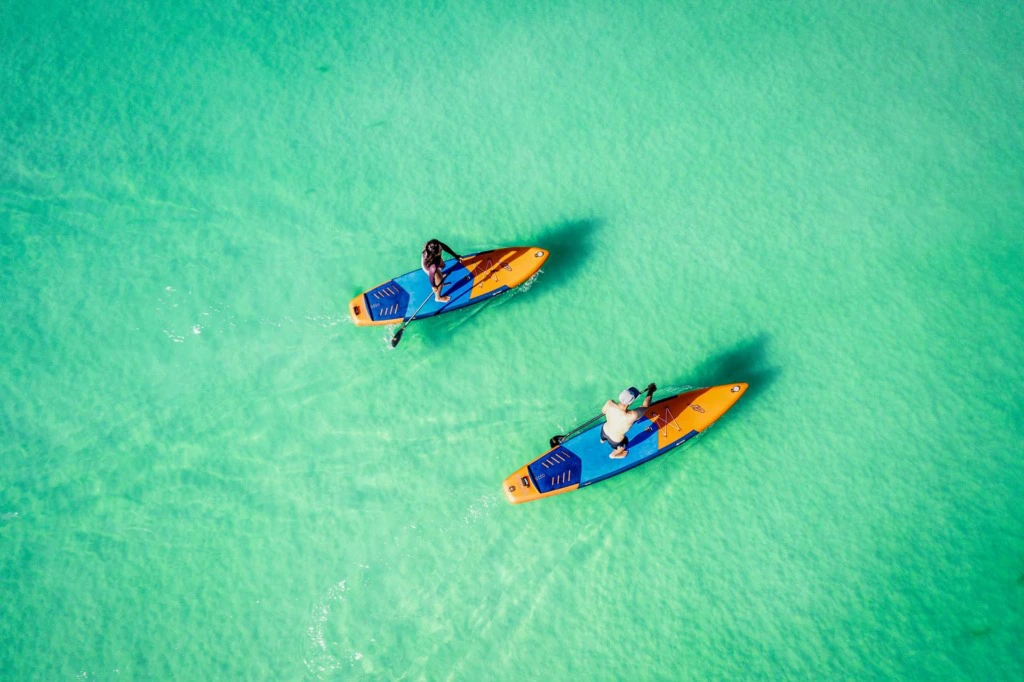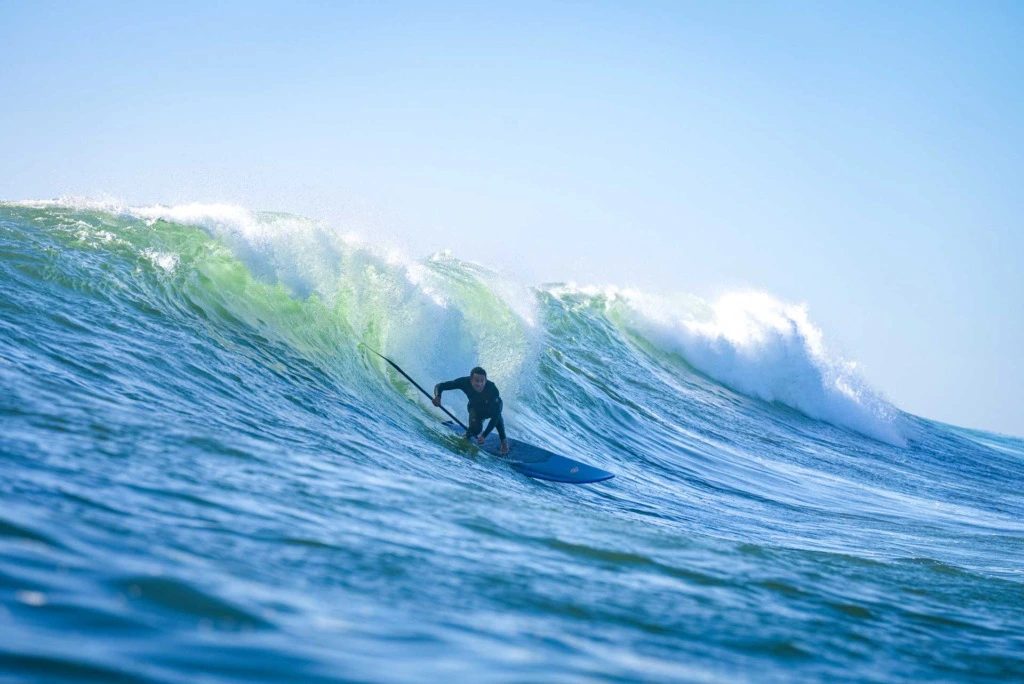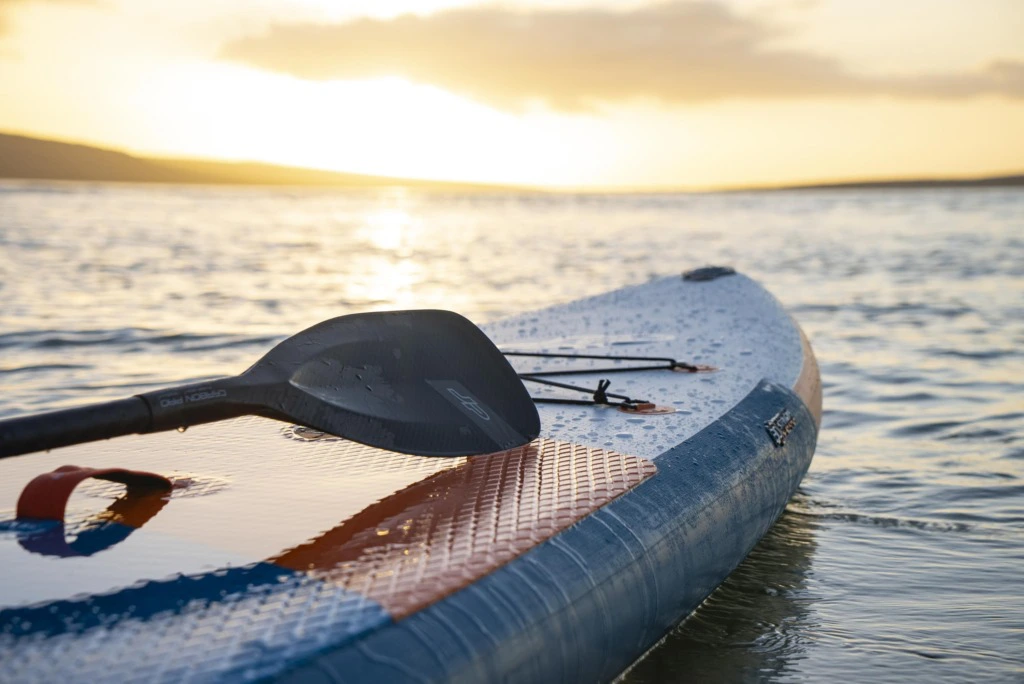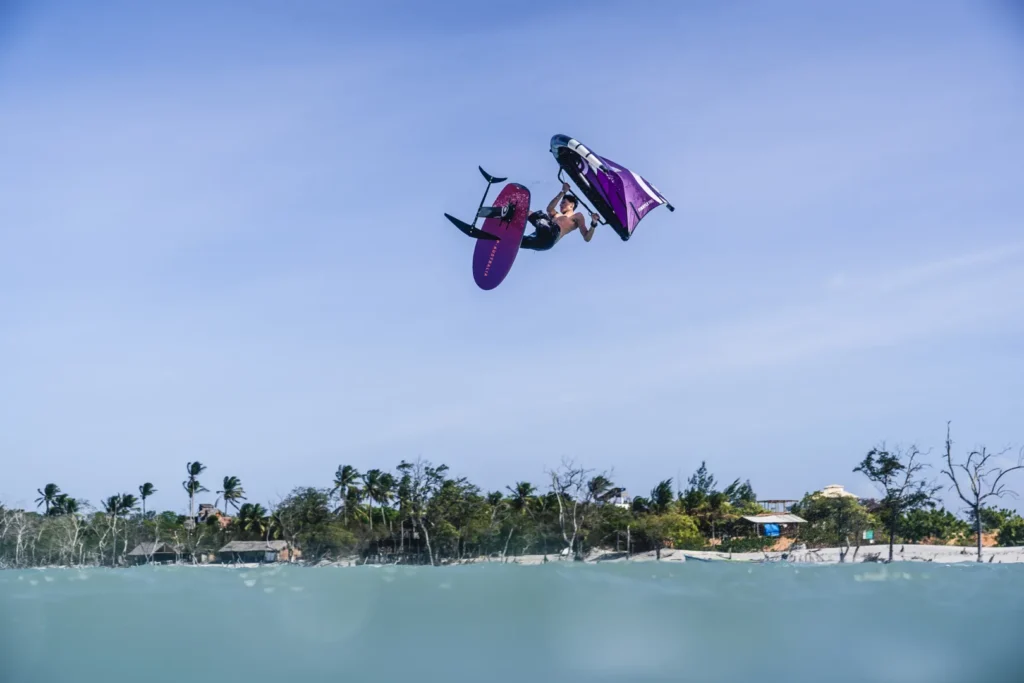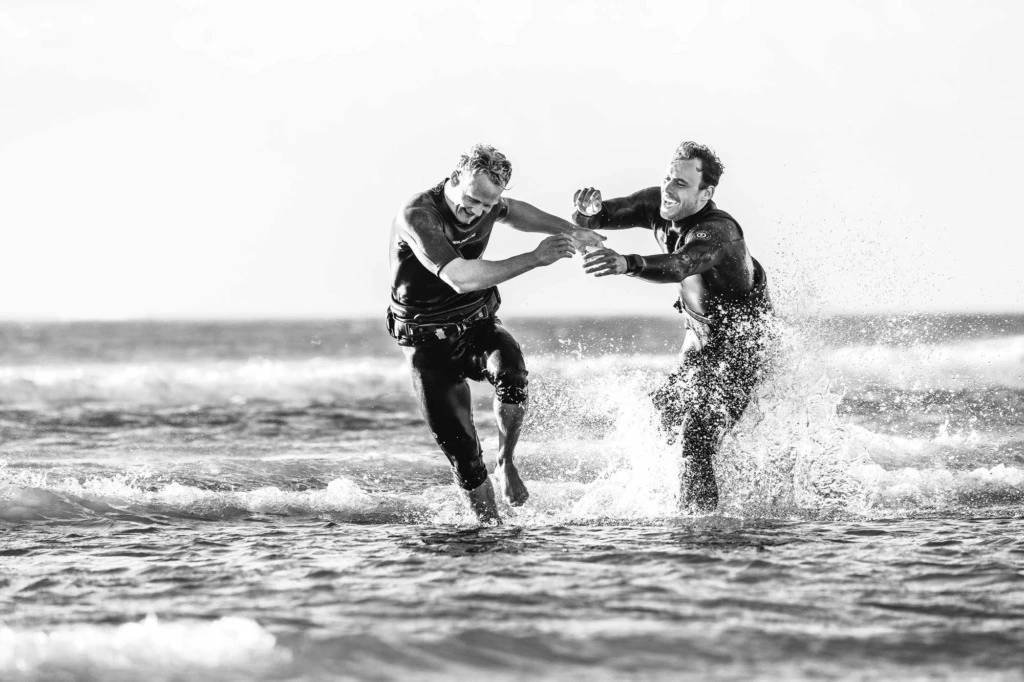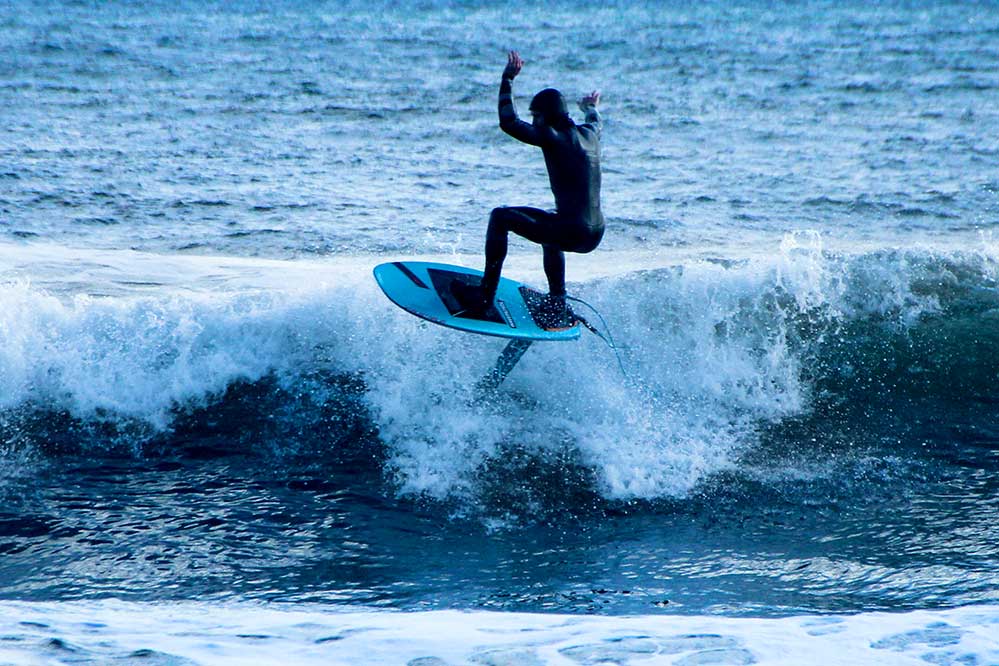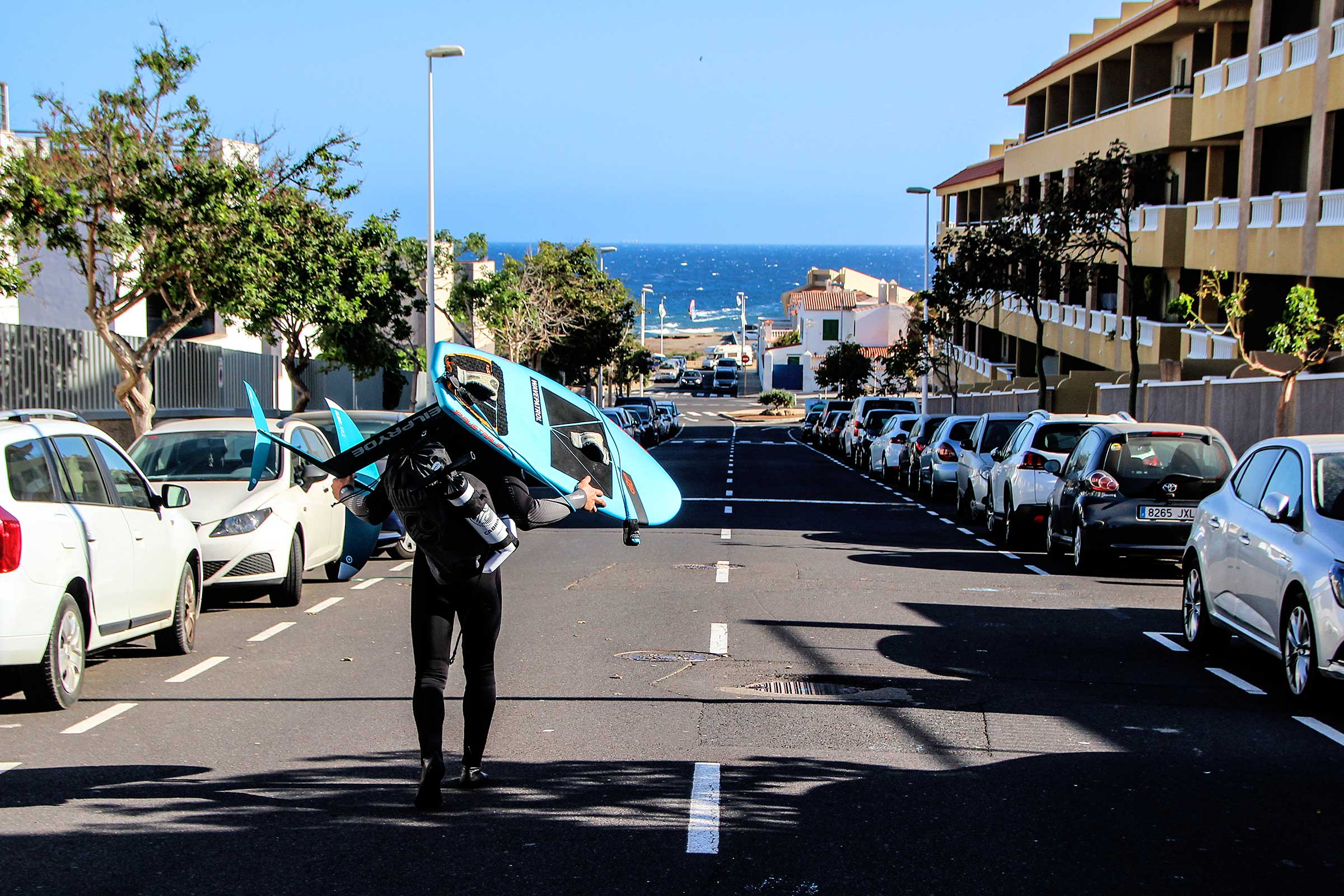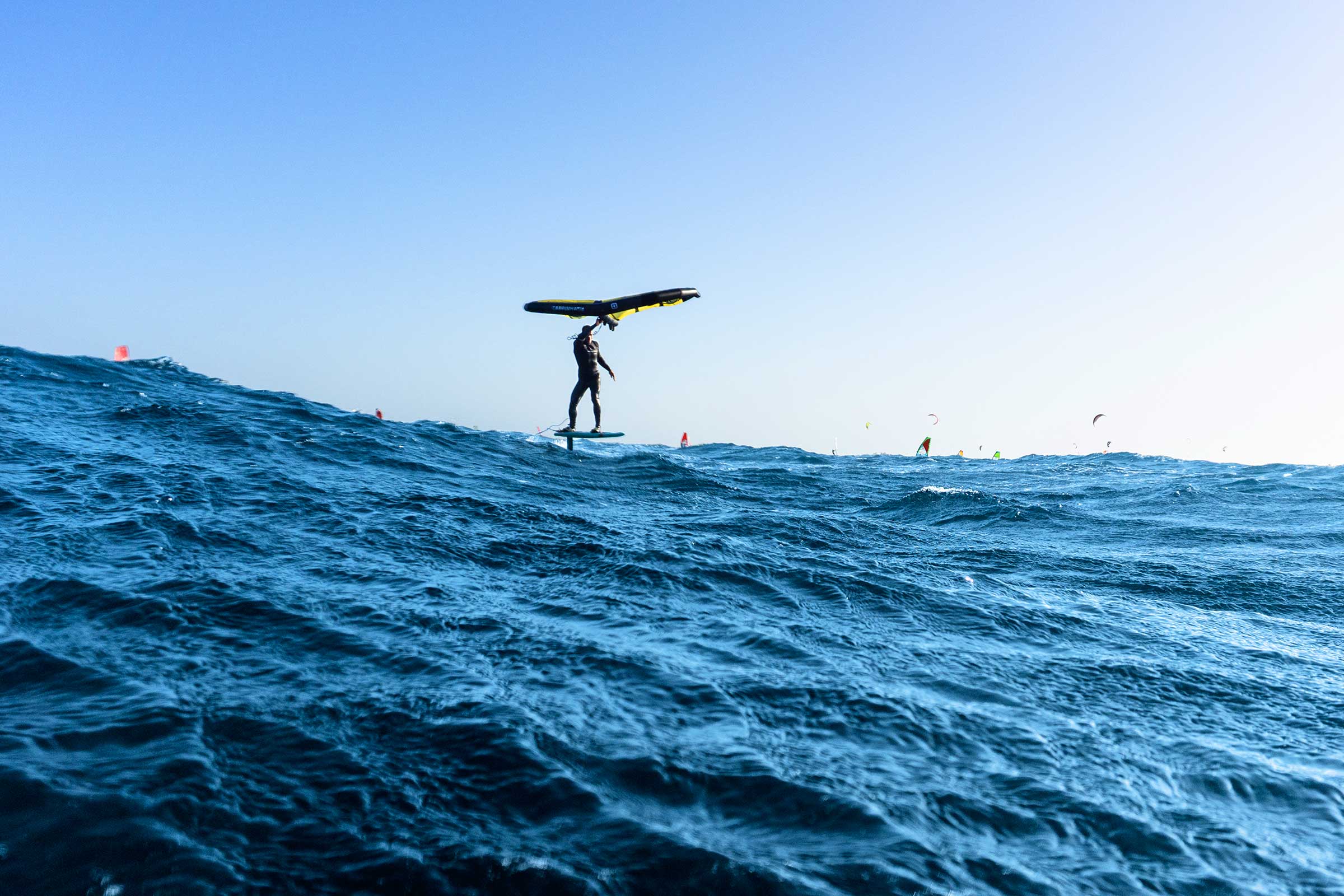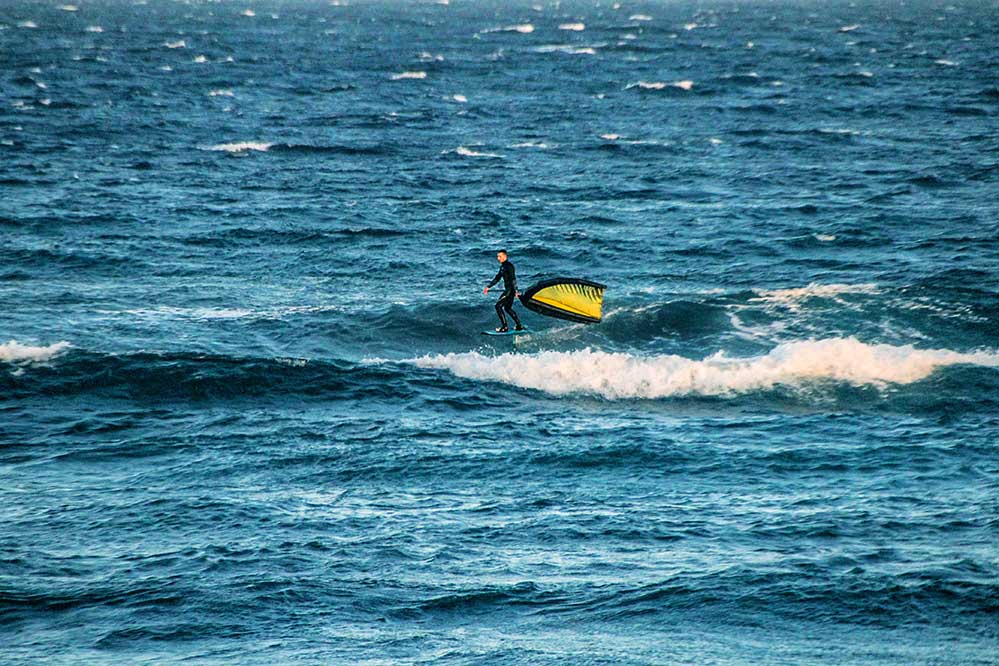Rider and author Daniel Dingerkus reports:
Since these new wings first appeared on the internet, I have been asking myself this question, “Is it worth it?”. In the past few months, I dealt with this sport more intensively. My conclusion: Yes, it is worth it!
About me: I started windsurfing when 8 years old, switched to kiting when 16, kite foiling from 2017 on and then surf foiling and windsurf foiling in 2019. I am 177 cm and weigh 78 kg.

